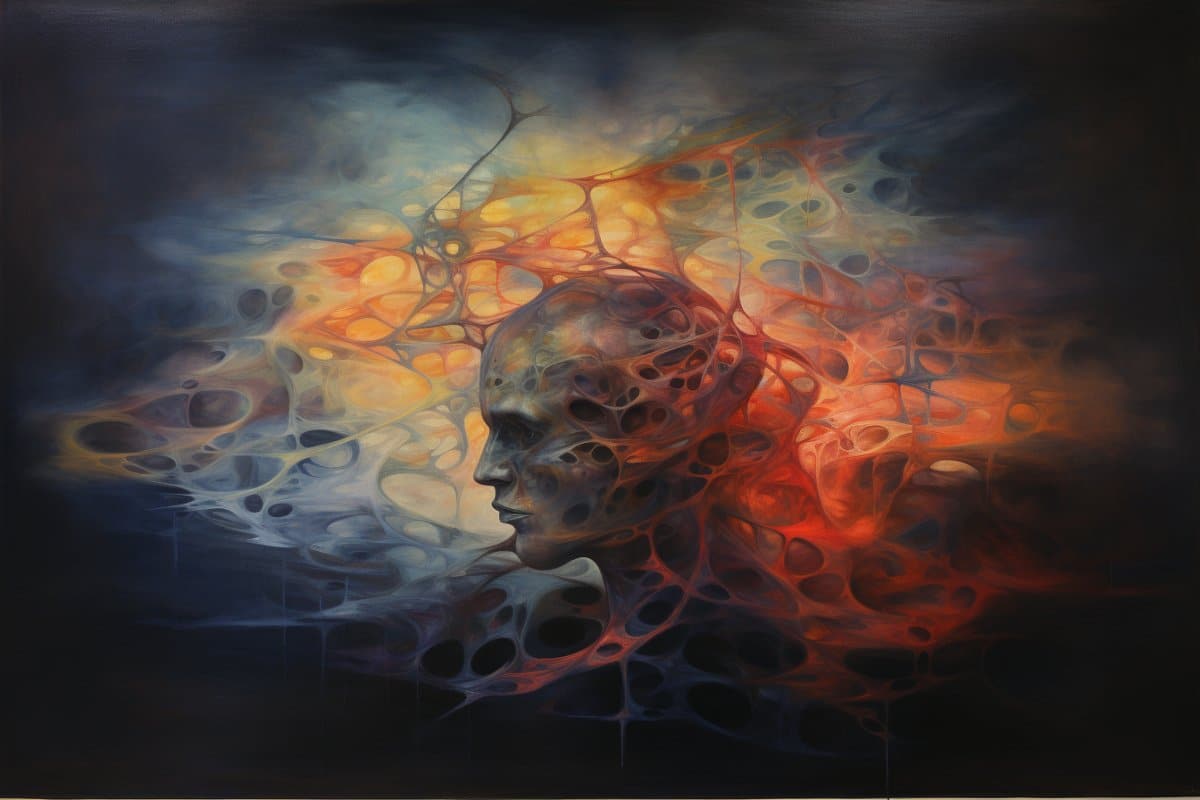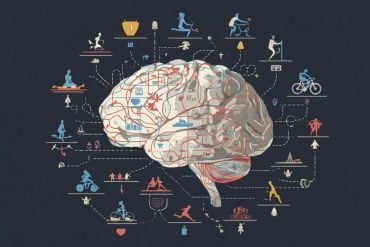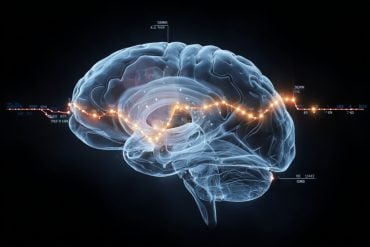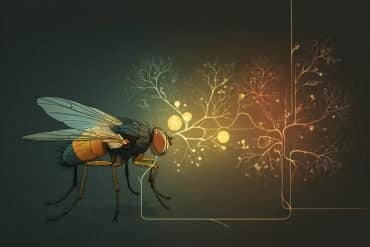Summary: An international scientific study examined claims by 15 pre-vetted channelers who communicate with nonphysical beings.
The researchers asked channelers the same set of questions to assess the consistency of their responses. The statistical analysis showed little correspondence across channelers, but qualitative analysis found common themes in their answers.
While the results are mixed, the study highlights the need for further research into channeling as a complex phenomenon, shedding light on the limits of brain functioning and human consciousness.
Key Facts:
- The study involved 15 channelers who claimed to communicate with nonphysical beings, and they were asked the same set of questions.
- Statistical analysis did not reveal consistent responses among the channelers, but qualitative analysis found common themes.
- The study suggests that claims of channeling and mediumship can be scientifically studied, although more research is needed to understand the phenomenon.
Source: Society for Scientific Exploration
The question of disembodied consciousness or the afterlife has received much scientific scrutiny over the last several years.
One line of research involves so-called “channelers” or mediums who claim to receive and communicate information that they believe comes from some other being or dimension of reality that differs from everyday reality.
Now, an international team of scientists has critically examined these claims. New research published in the Journal of Scientific Exploration asked 15 pre-vetted channelers to access the same “nonphysical being or spirit” source and answer a structured set of 10 questions from the scientific team.
The statistical results revealed virtually no correspondence for each question across the channelers and scant support that the channelers perceived they were accessing the same source of information.
However, qualitative analysis found coherent and common themes in the channeled responses for many questions. That is, the answers were very different at a superficial level, but when looking at the content themes, there were many similarities.
These somewhat mixed results raise important questions about the nature and meaning of channeling experiences and how to study them.
“Unveiling the dynamic world of channeling, this international study reveals its idiosyncrasies and research challenges, offering valuable nuggets of wisdom for future researchers looking to tap into its potential usefulness,” said Dr. Helané Wahbeh, who headed the research.
Several limitations prevent definitive conclusions from the study, but it showed that claims of channeling and mediumship can be studied scientifically and under controlled conditions.
The authors concluded that channeling is likely a complex phenomenon that deserves more serious study as such perceptions are probably influenced by many, as yet unknown factors that should reveal much about the limits of brain functioning and human consciousness.
About this consciousness research news
Author: Cindy Little
Source: Society for Scientific Exploration
Contact: Cindy Little – Society for Scientific Exploration
Image: The image is credited to Neuroscience News
Original Research: Open access.
“Channelers’ answers to questions from scientists: An exploratory study” by Wahbeh, H et al. Journal of Scientific Exploration
Abstract
Channelers’ answers to questions from scientists: An exploratory study
Background and Objectives. This exploratory study aimed to evaluate the potential usefulness of channeled information for ten questions from scientists. The study’s objectives were to 1) assess the correspondence of channeled and non-channeled answers within questions, 2) evaluate the correspondence of different channelers’ responses for each question while in channeling and non-channeling states, 3) examine whether channelers believe they are receiving information from the same source, and 4) explore qualitative themes that emerge for each question.
Method. Fifteen channelers provided answers to 10 questions in a channeled and non-channeled state. The first three objectives were quantitatively evaluated by three judges using structured criteria to assess correspondence. The last objective employed qualitative thematic analysis of the channeled answers.
Results. The quantitative analyses found 1) low correspondence between channeled and non-channeled answers as hypothesized, 2) virtually no correspondence for each question across channelers, contrary to our hypothesis, and 3) little support that the channelers perceived they were accessing the same source of information. The qualitative analysis resulted in coherent and common themes in the channeled responses for many but not all ten questions.
Several methodological lessons were gleaned from the study, such as refining inclusion/exclusion criteria and the questions asked of channelers, allowing a similar amount of time for channeled and non-channeled answers, ensuring consistent methods across study sites, and including additional quantitative measures informing on the channelers experience in channeling and non-channeling states.
Conclusions. This exploratory study offers insight into improving future studies attempting to obtain valuable information through channeling.








